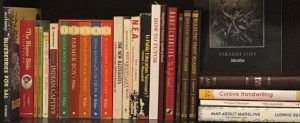 “According to the U.S. Department of Education, 54% of U.S. adults 16-74 years old – about 130 million people – lack proficiency in literacy, reading below the equivalent of a sixth-grade level.” (Forbes Magazine, September 9, 2020)
“According to the U.S. Department of Education, 54% of U.S. adults 16-74 years old – about 130 million people – lack proficiency in literacy, reading below the equivalent of a sixth-grade level.” (Forbes Magazine, September 9, 2020)
How can we stand still when the minds of our children are being stolen, right in front of our eyes?
Read the quote again.
 More than half of our adult population reads BELOW THE EQUIVALENT OF A SIXTH GRADER!!
More than half of our adult population reads BELOW THE EQUIVALENT OF A SIXTH GRADER!!
Uneducated minds are moldable minds.
People become listeners rather than readers.
 Information is biased.
Information is biased.
Censorship is at an all-time high.
Voices are being silenced.
Add it up!
Be a hero.
Teach a child to read.
How?
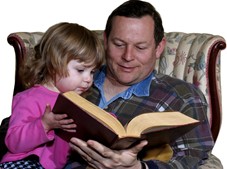 The same problem was addressed in the 1950’s when a humble grandfather began a summer project. He decided to teach his grandson (Luke) to read. They started with a list of 72 lessons (which the grandfather later published). The following information is quoted from the foreword of his book, Why Johnny Can’t Read: and what you can do about it, by Rudolf Flesch, 1955.
The same problem was addressed in the 1950’s when a humble grandfather began a summer project. He decided to teach his grandson (Luke) to read. They started with a list of 72 lessons (which the grandfather later published). The following information is quoted from the foreword of his book, Why Johnny Can’t Read: and what you can do about it, by Rudolf Flesch, 1955.
“Luke learned the sounds of 5 short vowels and 17 simple consonants, and began reading words like jam, nip, wag and hop. The lists went on to cover words with other sounds and spellings and two or more syllables: chipmunk, kangaroo, and showball. The last list included liberty, independence and blueberries.
Six weeks later, at a Chinese restaurant, Luke read his fortune cookie to his proud family. “Careful planning will bring rich rewards.”
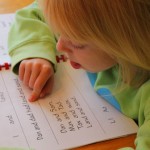 How could Luke learn to read so quickly? His grandfather had used a foolproof method of teaching based on the alphabetic code. With few exceptions, all English words are spelled by this code, which consists of fewer than 200 letters and letter groups, each standing for one or more of the 44 sounds in English. Once a child has learned this code, he can read.”
How could Luke learn to read so quickly? His grandfather had used a foolproof method of teaching based on the alphabetic code. With few exceptions, all English words are spelled by this code, which consists of fewer than 200 letters and letter groups, each standing for one or more of the 44 sounds in English. Once a child has learned this code, he can read.”
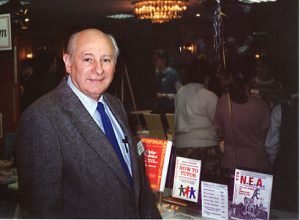 Samuel Blumenfeld took the work of Rudolf Flesch to heart. He began addressing the illiteracy problem in his own writing. Finally, he consolidated his work into a primer. That text, Alpha-Phonics: A Primer for Beginning Readers, contains 128 lessons. I have used this book to teach reading many times. I have taught my own children and some of my grandchildren, as well as children from the “disabled” population, including a child who was diagnosed with an autism-spectrum disorder and a 12-year-old girl who had been called dyslexic and was not reading. (She learned in about three months). When I finish teaching the 128 lessons, I move to a first chapter book. I remind, as needed, about the sounds contained in words as we read together. For example, I will make statements like, “in this word the ea says e (making the short e sound); or, “in this word the ai says a (making the long a sound).
Samuel Blumenfeld took the work of Rudolf Flesch to heart. He began addressing the illiteracy problem in his own writing. Finally, he consolidated his work into a primer. That text, Alpha-Phonics: A Primer for Beginning Readers, contains 128 lessons. I have used this book to teach reading many times. I have taught my own children and some of my grandchildren, as well as children from the “disabled” population, including a child who was diagnosed with an autism-spectrum disorder and a 12-year-old girl who had been called dyslexic and was not reading. (She learned in about three months). When I finish teaching the 128 lessons, I move to a first chapter book. I remind, as needed, about the sounds contained in words as we read together. For example, I will make statements like, “in this word the ea says e (making the short e sound); or, “in this word the ai says a (making the long a sound).
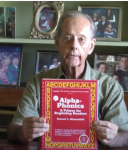 You can do it too.
You can do it too.
So, let me say it again.
Be a hero! Teach a child to read.
There is no time like today.
by Meg (homeschooling mom of 9)
 MS, Exceptional Student Education (Univ. of W. Florida) emphasis on Applied Behavior Analysis
MS, Exceptional Student Education (Univ. of W. Florida) emphasis on Applied Behavior Analysis
MA, psychology (Grand Canyon University)
Bachelor of Arts (Northwest Nazarene University)
**********************************************************************************
ISN’T IT TIME FOR FAMILIES TO QUIT PUTTING THEIR MASK ON, TAKING THEIR MASK OFF, AND BACK ON AGAIN………..
IT IS TIME TO MAKE THE MOVE TO HOMESCHOOLING !!

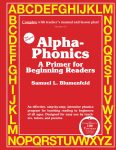
************************************************************************************

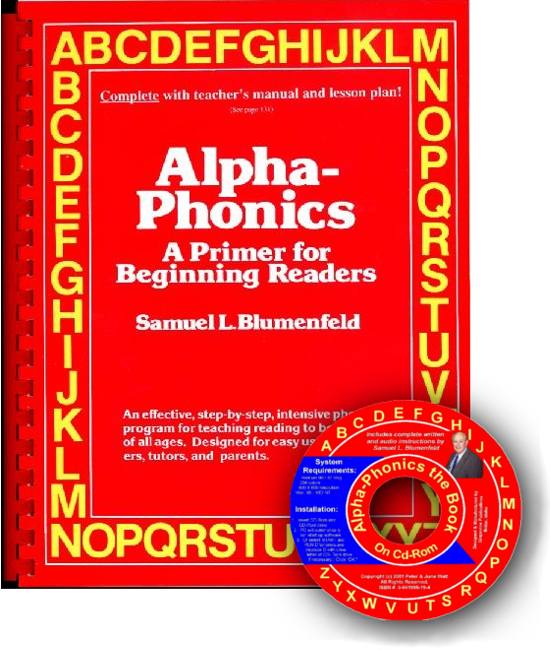 Alpha-Phonics
Alpha-Phonics The Alphabet Song!
The Alphabet Song! Water on the Floor
Water on the Floor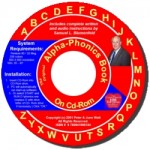 Alpha-Phonics the Book on CD Rom
Alpha-Phonics the Book on CD Rom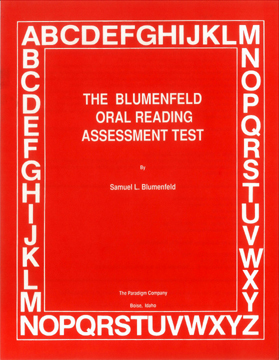 Blumenfeld Oral Reading Assessment Test
Blumenfeld Oral Reading Assessment Test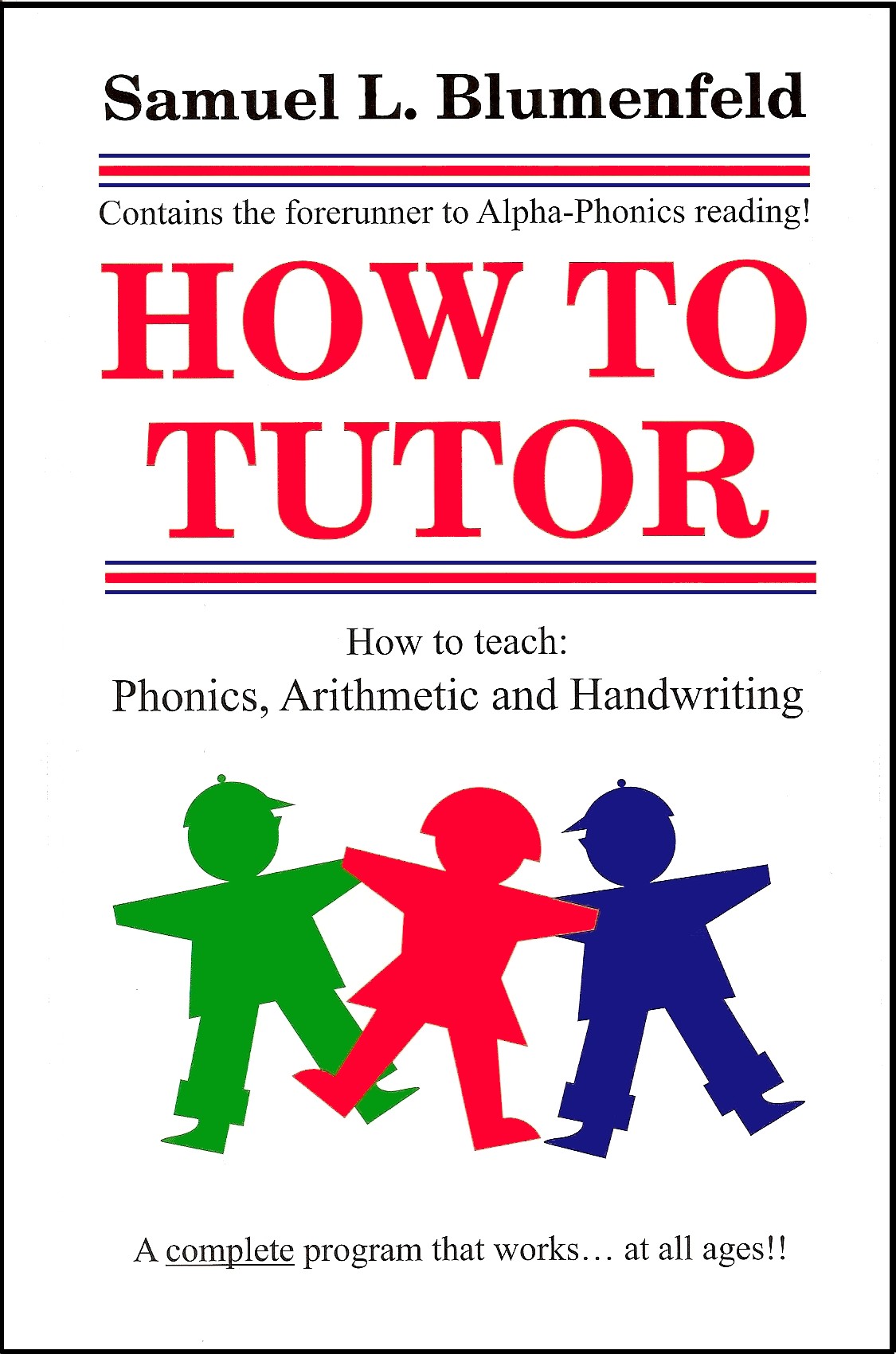 How To Tutor
How To Tutor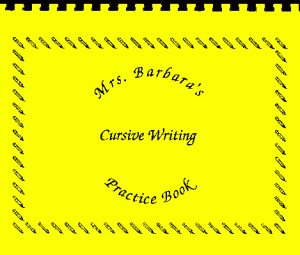 How To Tutor Cursive Handwriting Workbook
How To Tutor Cursive Handwriting Workbook
Leave a Reply
You must be logged in to post a comment.